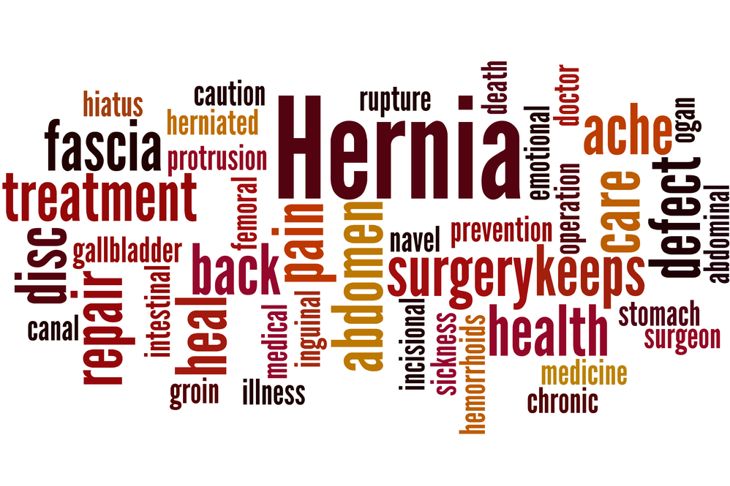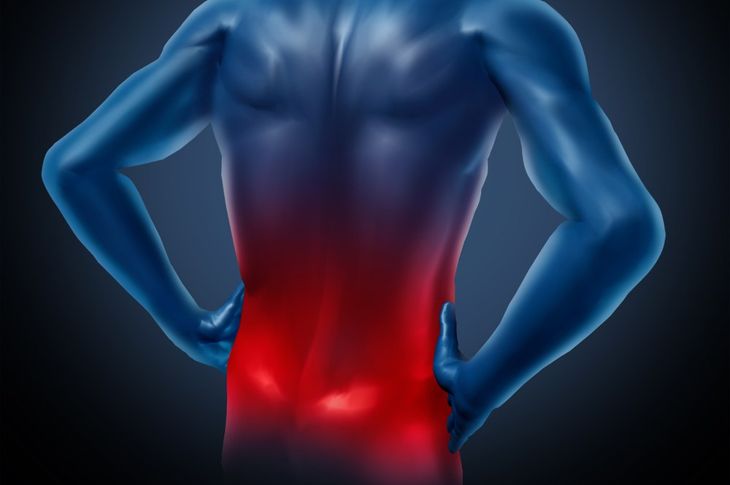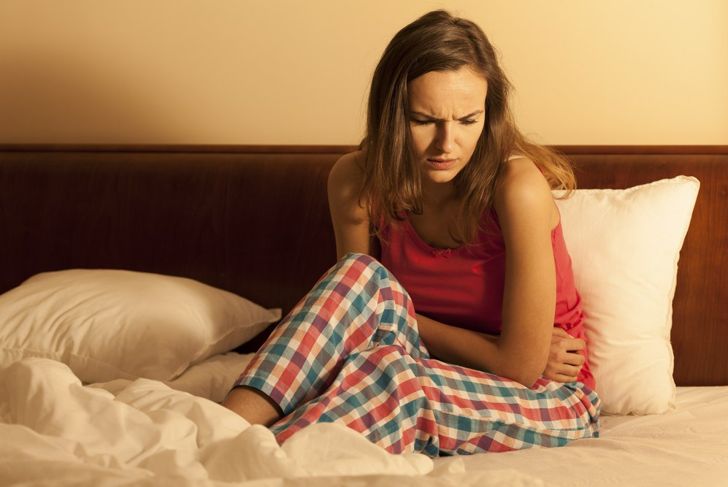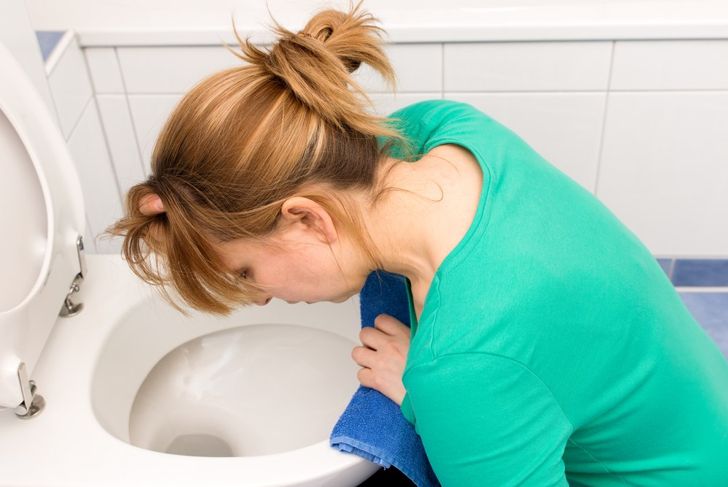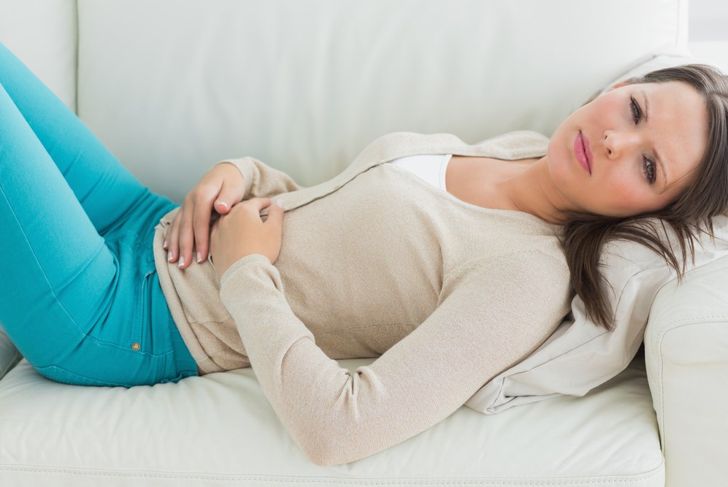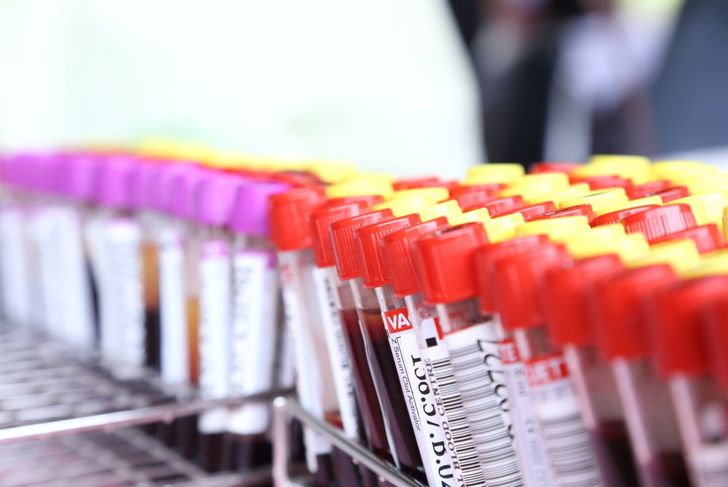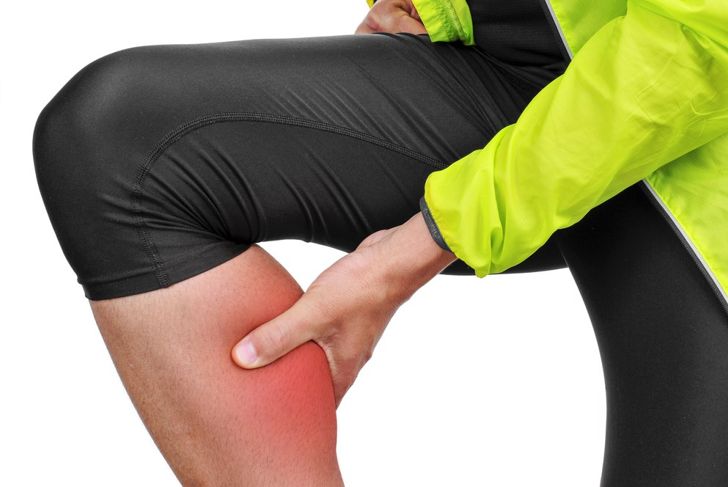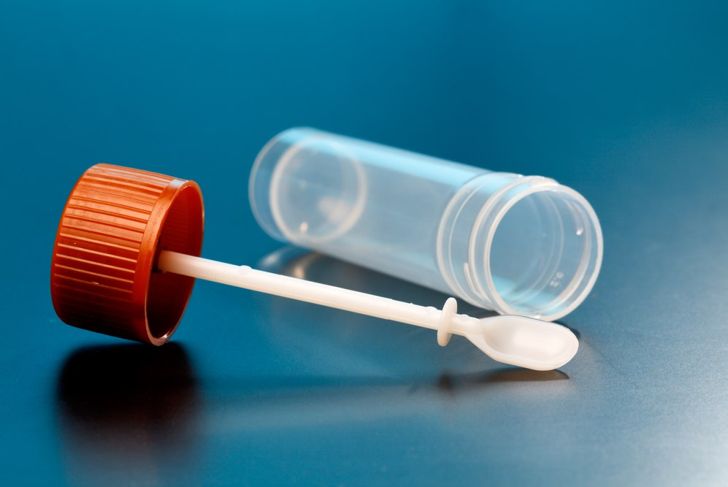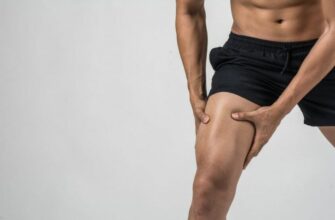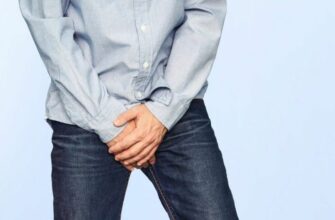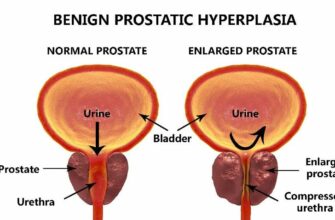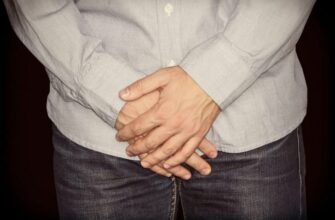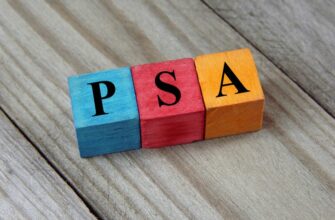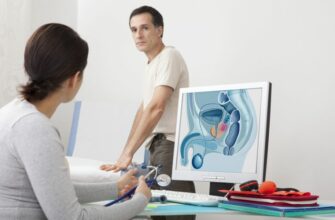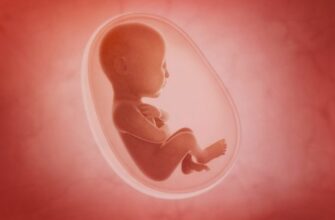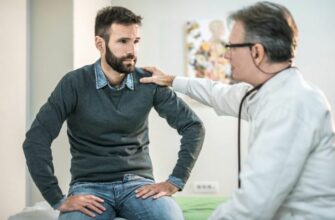When a person develops a hernia, tissues or organs penetrate through the lining of the cavity in which they usually reside. For example, part of the intestine may break through a weak spot in the abdominal muscles. Hernias occur both in males and females but are more common in males. They are categorized depending on the organ where they occur, and predominantly affect the abdominal and groin region. When the blood supply to the involved tissues or organs is restricted, strangulation can cause severe pain and may require immediate surgery to prevent tissue or organ damage. If undiagnosed, hernias can lead to serious illness, but they often respond well to treatment.
A Bulging Lump
The most noticeable sign of a hernia is the presence of a bulging lump in the affected region. This bulge is a protrusion of tissues or organs out of the wall of their cavity. When left untreated, the bulge will become painful as the muscles stretch to their limits and start tearing. This tearing causes more bulging, making the bulge even larger and more painful.
Varying Degrees of Pain
A newly-developed hernia is usually not painful, as it starts with just a small bulge. However, some people notice pain before the bulge appears. An untreated hernia eventually causes pain that ranges from mildly uncomfortable to excruciating. The pain may escalate during actions that increase pressure on the affected area, such as lifting heavy weights, coughing, or bending.Severe pain may also arise from strangulation, which requires immediate medical care and surgery.
A Peculiar Feeling
Hernias occurring in the abdomen or the groin region cause a peculiar heavy sensation in the gut. Hernias affecting the intestines characteristically push against the muscles of the abdomen, causing this sensation. Other intestinal or groin hernias result in the bulge grating against adjacent muscles or canals, creating the feeling of dragging, pressure, or weakness in the affected area. Although not well-defined, this “dragging” symptom may point to the presence of a hernia.
Discomfort in Other Parts of the Body
If a growing hernia bulge starts to push on or pinch the surrounding nerves, this may cause irritation or damage. This referred pain causes discomfort and mild sensation in more distant body parts as well. For example, groin hernias can result in referred pain to the lower abdomen, testes, scrotum, and thighs, which can lead people to misinterpret from where the problem stems.
Vomiting
Nausea and vomiting caused by a hernia could be a critical danger sign. Vomiting occurs when a loop of the intestine is trapped outside the abdomen, causing a major bowel obstruction. This condition is an incarcerated hernia. This type can become strangulated, which cuts off the blood flow to the part of the intestine that is trapped. A strangulated hernia requires emergency surgery to resect the involved bowel. Incarcerated hernias may be fatal if not treated.
Upset Stomach
One complication of abdominal and groin hernias are problems with digestion. Ineffective bowel movements, constipation, impaired digestion, and nausea can result from an abdominal hernia. Portions of intestine slipping in and out of the abdomen through the defect in the abdominal wall cause these problems. Massage can guide the bulging tissue back into the abdomen. An incarcerated hernia may cause severe nausea, vomiting, and obstructed bowels, and requires medical attention.
Reduced Blood Supply
A growing hernia puts pressure on blood vessels and restricts the blood supply to herniated tissues or organs. This results in discomfort, tenderness, numbness, and sometimes severe pain and signifies that the individual is at risk of strangulation.
Restriction in Daily Activities
An enlarging, untreated hernia decreases one’s quality of life as the pain escalates and spreads to more distant areas. Strenuous activity increases the abdominal pressure and thus the pain, quickly restricting physical activity. Work, exercise, and basic daily actions can be adversely affected. The individual should rest, get massages, and seek medical care to be able to tend to responsibilities.
Muscle Strain
Hernias also put pressure on and damage muscles. They cause muscle strain that can result in muscle fatigue in the affected body parts. There are two types of muscle strains: those related to hernia described above and muscle strains that occur when playing sports, which are simple pulled muscles. Pulled muscles develop due to tears in the abdominal wall muscles, and a doctor can help distinguish a hernia from a pulled abdominal muscle.
Blood in Stool
A hernia may also cause blood in the stool because it irritates and damages the intestinal wall. Blood in the stool may also be a sign of strangulated hernia or a consequence of other medical conditions. However, it can help to confirm the presence of a hernia if other symptoms are also present. People experiencing this or any other symptom of a hernia should seek medical attention promptly, as treatment is more effective the earlier it begins.

 Home
Home Health
Health Diet & Nutrition
Diet & Nutrition Living Well
Living Well More
More